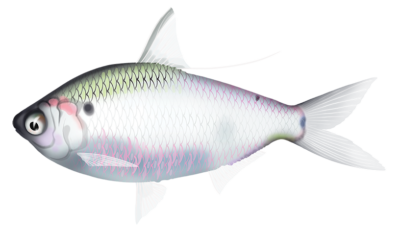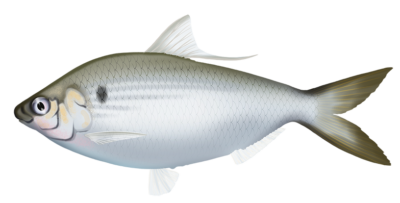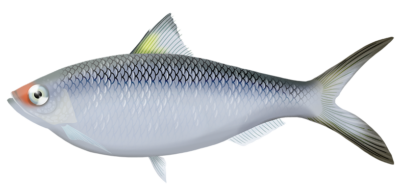Quick Facts
Distribution

Interesting Info
- The bony bream is a species of fish found in freshwater and estuarine habitats across Australia.
- It is a distinctive and unique fish species that is easily recognised by its elongated and thread-like body shape, silvery-grey coloration, and distinctive scale pattern.
- Bony breams are opportunistic feeders that consume a variety of aquatic invertebrates, small fish, and algae.
- They are generally found in slow-moving or still water bodies, such as rivers, creeks, and lakes.
- During the breeding season, which usually occurs from October to January, males develop a series of small bumps along their lower jaw.
- Female bony bream can lay up to 100,000 eggs during a single breeding season.
- They are an important food source for many predatory fish species, such as Murray cod, barramundi, and golden perch.
- Estimates of lifespan are up to 15 years, with an average of 5 – 7 years.
Species Interaction
Commercial & Recreational Fishing
Bony bream are commercially and recreationally fished in Australia. They are a popular sport fish species and are sought after by anglers for their fighting ability and availability. Commercially they are often caught using gill nets, seine nets, and traps, and are sold fresh or frozen for food or bait.
Scientific Classification
Kingdom: Animalia
Phylum: Chordata
Class: Actinopterygii
Order: Clupeiformes
Family: Clupeidae
Genus: Nematalosa
Species: Nematalosa Erebi
Conservation Status
The conservation status of bony bream in Australia is classified as “Least Concern” according to the International Union for Conservation of Nature (IUCN) Red List of Threatened Species. This means that there are no major threats to the overall population of bony bream and their numbers are considered stable or increasing.
Fish Taste Quality
Bony bream are considered to be good to eat. They have firm white flesh that is mild in flavour, with a slightly sweet taste. Their texture is relatively fine, and they have few bones, which makes them easy to fillet and prepare.
Taste Rating: 3/5
How to catch
Bony Bream
Catch Difficulty: Intermediate
Tackle: Running Sinker Rig, Artificial Rig
Bait: Lures, Worms, Yabbies, Soft plastics, Insects
Technique: Cast bait/jig/lure near schooling fish
Popularity: Highly Targeted





